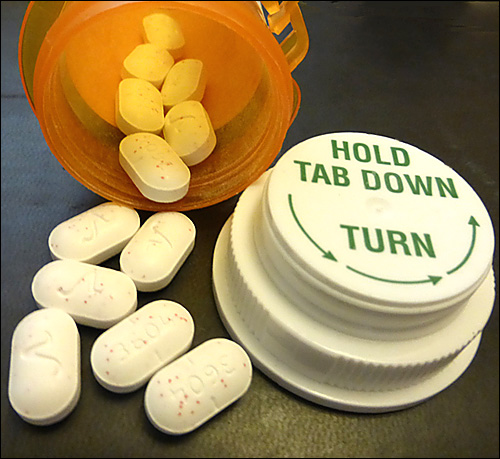The family medicine cabinet is the most dangerous place to get drugs in America. Fatal overdoses from prescription drugs is far more common than deaths related to illegal drugs, with opioid painkillers causing more than 35 percent of the fatalities.
An estimated 15 million people in the United States abuse prescription drugs, according to the Foundation For A Drug Free World. This is more than the total number of Americans that have admitted to using hallucinogens, cocaine or heroin. The biggest controlled substance prescription offenders are opioid painkillers such as Vicodin, OxyContin, Lorcet, Dilaudid, Percocet, and Soma.

While prescription drug fraud cuts across a wide demographic, including teens and young adults, women, older adults, current substance abusers and healthcare workers, the biggest problem is diverting pharmaceuticals – giving them to someone else, stealing them, or selling them on the street and internet.
How Do People Get Drugs Illegally?
Gaining access to a physician’s prescription pad seems likely to be a culprit for accessing legally prescribed medications, but what are other ways users illegally obtain controlled substances?
- Purchasing drugs from friends that already have a prescription
- “Doctor Shopping” or using multiple doctors to write prescriptions
- Buying drugs illegally through the Internet
- Stealing drugs that were initially prescribed to family members
For years, officials have been looking for ways to curb the abuse of prescription painkillers, especially the last item listed above, forged or altered prescriptions. Electronic prescriptions sometimes referred to as e-prescribing (e-Rx or EPCS) is one of the newest tools gaining ground in controlling the flow of prescription painkillers.
Electronic prescriptions let physicians or nurse practitioners electronically generate medical prescriptions for their patients, which are then transmitted directly to pharmacies. This system has replaced paper and faxed prescriptions in a lot of states across the country. An even more significant shift to this system came in 2010 when the Drug Enforcement Administration (DEA) modified its regulations to allow e-Rx for controlled substances like Oxycontin, Vicodin, and Hydrocodone.
What are the Benefits of Electronic Prescriptions?
Here’s a list of benefits of the electronic prescriptions of controlled substances:
- Patient safety and care: e-Rx reduces the number of medication errors between doctors and pharmacies, such as illegible handwriting being misinterpreted by pharmacists. Because of the electronic records for each patient, it will also help to avoid any drug-on-drug interactions that might’ve been overlooked by prescribing physicians.
- Greater efficiency: because of the electronic nature of e-Rx, less time is spent on the phone or faxing between pharmacies and doctors’ offices. This allows pharmacists and their staff to spend more time consulting their customers on proper medication usage.
- Easier refills: the e-Rx system allows pharmacies to electronically generate refill requests for patients that go to directly to their doctors. Prescribers can then decide to approve or deny the refill based on their patient’s medical needs.
- Electronic trail: the medical records and reports that the e-Rx system can generate might help prevent fraud and prescription forgeries of dangerous opioid painkillers.
E-Rx is not without flaws. A significant criticism of the electronic prescription method is concerns related to patient privacy and the potential for protected health information being stolen or divulged through lax Internet security. The cost of installing and maintaining an expensive electronic prescription system might be out of the reach of small clinical practices in poorer parts of the United States. In addition, diverting is still the number one criticism, and once the drugs are in the hands of somebody, the chance that they will pass on to another person cannot be easily controlled, even though they were prescribed electronically.
Whether e-Rx will help to deter fraud or prevent addiction is yet to be seen. While the system is widely used, there are still states that are working to change local and state laws that will make electronic prescription of controlled substances legal.
The consensus overall is that e-Rx of controlled substances will help millions of Americans suffering from chronic pain to have greater and safer access to their medications while stemming the flow and non-medical use of prescription painkillers. This is just one step in the right direction, but it’s important.
Related:
Buprenorphine vs Methadone For Opioid Addiction
Prescription Drug Addiction Treatment





